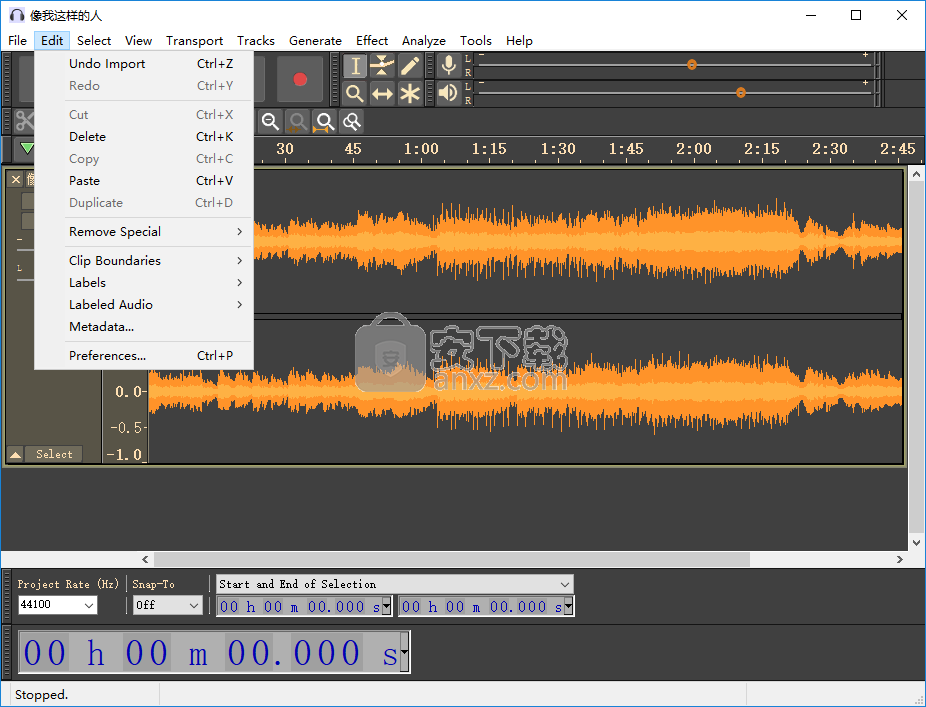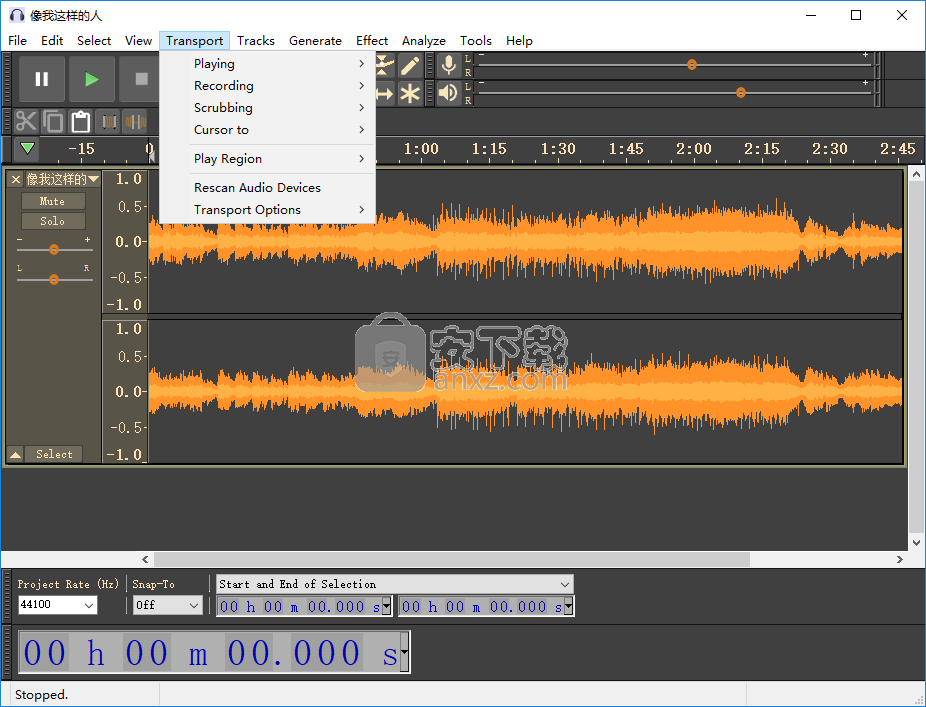

I don’t think they would add a version with telemetry when the time comes. A lot of them look like something made for techno, loops etc, which is just too narrow and useless and overdone if you play something non-programmed and the only thing you need to program is the metronome.Īs for the firewall thing, my version of Audacity comes from my distro’s app store and I’m sticking with that. For lengthy multi-track projects, we recommend using machines of substantially higher specification than the minimums. Audacity works best on computers meeting more than the minimum requirements stated above. Also, for recording channel by channel, Audacity (or Adobe Audition) are really the simplest and easiest, if you’re a musician you’re not a programmer or a gamer and many DAWs are too complicated and convoluted for comfortable work. Windows 10 / 11 (32- or 64-bit) 4 GB / 2 GHz. Also there’s noise reduction, amplifying only certain parts, fade in/out, it’s just easier when you have the final product in front of you. If it doesn’t, you can manually edit those, too. With this software, you can work with your audio tracks more.

I suspect the MIDI converter may get the speed, duration, attack, tempo, release, etc. DarkAudacity is a completely redesigned version of the famous video editing tool, Audacity. Say you’re making an album, you decide what you want on tracks for one song, then simply apply the same presets to tracks from all songs. Open your MIDI editor and pick the instrument from that list which is closest to the instrument in the actual performance. Reaper is good, using it too, but I do prefer “destructive” editing.


 0 kommentar(er)
0 kommentar(er)
